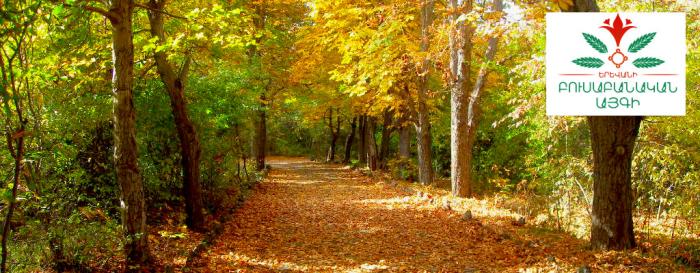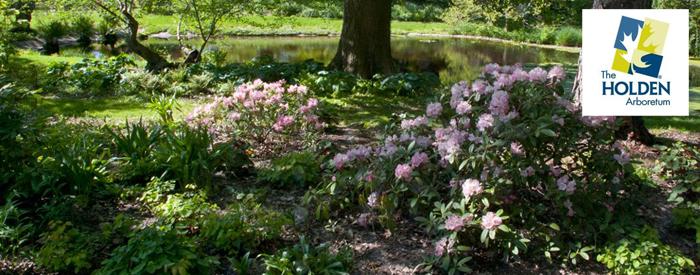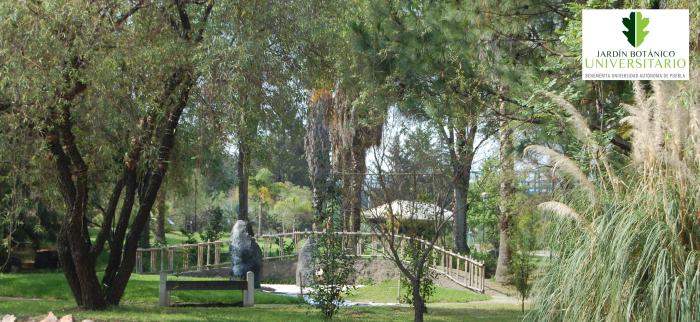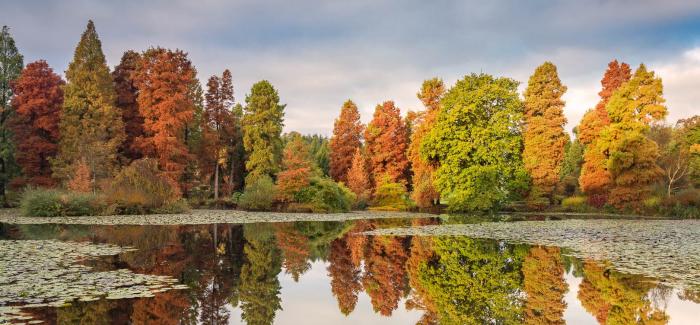ArbNet is pleased to announce the winners of the 2021 BGCI/ArbNet Partnership Programme! This funding opportunity supports the development of international collaborations between gardens and arboreta for the purpose of exchanging skills, resources and expertise to advance tree conservation. We are excited to see what these partnerships will accomplish over the next year!
Holden Forests & Gardens (United States of America) and Yerevan Botanical Garden (Armenia)


Yerevan Botanical Garden (Level II) Holden Forests & Gardens (Level IV)
Analysis of fungal community composition on oak species in collections at the Holden Arboretum (Kirtland, Ohio) and the Yerevan Botanical Garden (Yerevan, Armenia): Mycorrhizal fungi are important plant mutualists that grow on and within plant roots, extending into soil to absorb nutrients, protect trees from root pathogens and herbivory, and increase drought tolerance. The diversity of these fungi is fundamentally important to host plants, including oak species. This research explores mycorrhizal fungi on oaks acclimated in two temperate regions. Holden and YBG will collaborate to sample roots from species at both gardens to compare their mycorrhizae. We will investigate whether habitat differences select for mycorrhizal species, and if the composition of fungal species on roots differs when the oak species is grown under different climatic and soil conditions. Although both gardens are situated in northern hemisphere temperate regions, growing conditions differ. We will contribute to oak conservation by providing data on tree-fungus interactions, as the presence of soil biota may be important to tree success in collections outside their native range.
Pha Tad Ke Botanical Garden, Alliance for Conservation Tree Genomics (Laos) and Institute for Biodiversity and Environmental Research (Brunei)

Pha Tad Ke Botanical Garden (Level II)
Understudied and threatened Fagaceae of Laos: Filling gaps in knowledge, ex-situ collections and technical illustrations: The CLV region (Cambodia, Laos and Vietnam) is home to nearly 300 species of Fagaceae and most of these are endemic to the region. In Laos, the three main genera (Castanopsis, Lithocarpus and Quercus) are represented by 95 species. Red List assessment work is indicating that as many as 30-40 % in the CLV region may be listed as threatened. An inventory, carried out for the Flora of CLV-Fagaceae project, reveals that a large number of these rare species were never illustrated in scientific literature and no images are available for use in conservation training and communication. With draft assessments in place, the aims of this proposal are to recover and map extant populations in Laos for nine such species, collect material for ex-situ collections and produce images and technical line art to disseminate knowledge on the species through the Asian Fagaceae portal and the upcoming floristic treatment for CLV-Fagaceae.
Jardin Botanico de la Universidad Autonoma de Puebla (BUAP) (Mexico) and Herbario USCG/Jardín Botanico (Guatemala)

BUAP (Level IV)
Surveying and cultivation of two priority species in a biodiverse hotspot in Guatemala for Conservation: The project presented is focused on the genus Quercus, one of the groups of plants from the North Mesoamerican zone, which includes 46 species considered key in the different mountain systems, given the dominance of the genus in plant communities such as pine-oak, and cloud forests of the region. The current estimated diversity for Guatemala is 31 species, two of them proposed here. The BUAP University Botanical Garden and the USC Botanical Garden join forces in this project to generate scientific information related to the conservation of two priority Quercus species and to support the start of an ex situ collection of Mesoamerican oaks in Guatemala. The horticultural training and qualification at the USC Botanical Garden will be in charge of the BUAP University Botanical Garden, which has extensive experience in the cultivation of Quercus species, which reflects the international collaboration of this project.
Inala Jurassic Garden (Australia) and Bedgebury National Pinetum and Forest (United Kingdom)

Bedgebury National Pinetum and Forest (Level IV)
Focusing on a project titled: propagate and grow ex-situ specimens of the critically endangered Mulanje Cedar, Widdringtonia whytei from Malawi, Africa: Collaboration between Bedgebury National Pinetum and Forest (BNPF), England and Inala Jurassic Garden (IJG), Tasmania, Australia to propagate and grow ex-situ specimens of Widdringtonia whytei (Mulanje Cedar) from Malawi Africa at IJG. W. whytei is listed as Critically Endangered (IUCN Redlist and CITES - Appendix II). This species is endemic to Mt Mulanje, Malawi and in 2018, no reproductively-mature individuals were recorded in the wild. Replanting efforts in Malawi are facing climate change-related problems. BNPF have successfully propagated W. whytei, but the climate in England is not conducive to growing specimens to reproductive maturity. IJG is successfully growing two other species of reproductively-mature Widdringtonia and believe that W. whytei can also be successfully grown here. Trials will be conducted to determine whether stored seed from BNPF can be grown in Tasmania to produce reproductively-mature ex-situ specimens as insurance against the extinction of this species.

